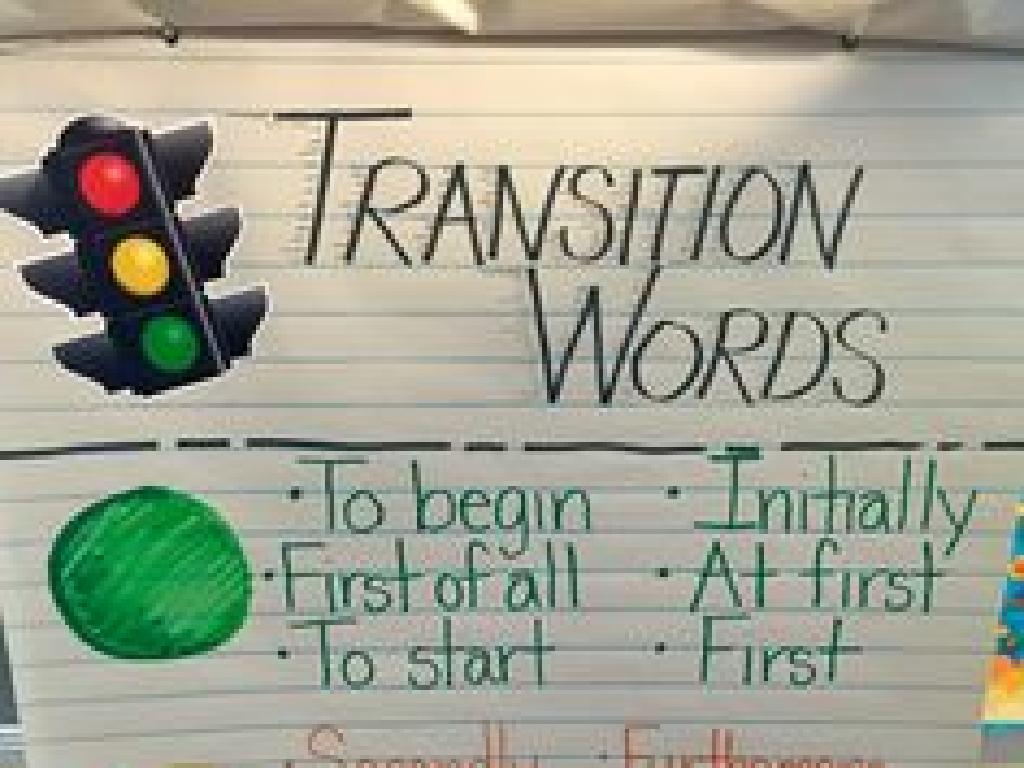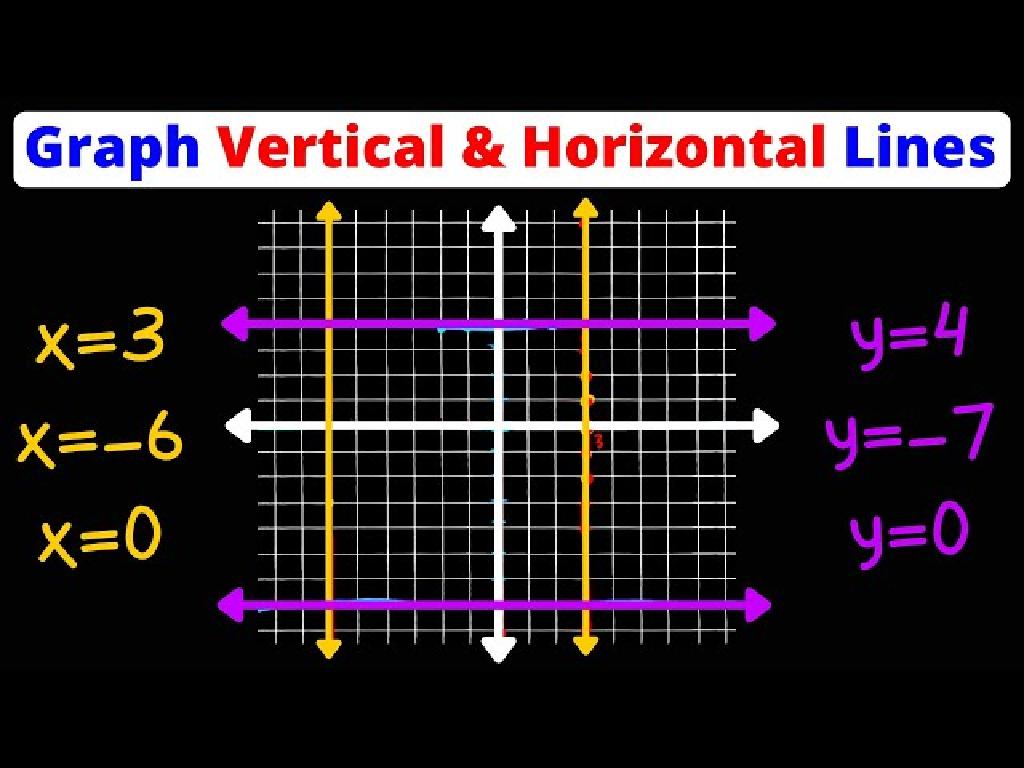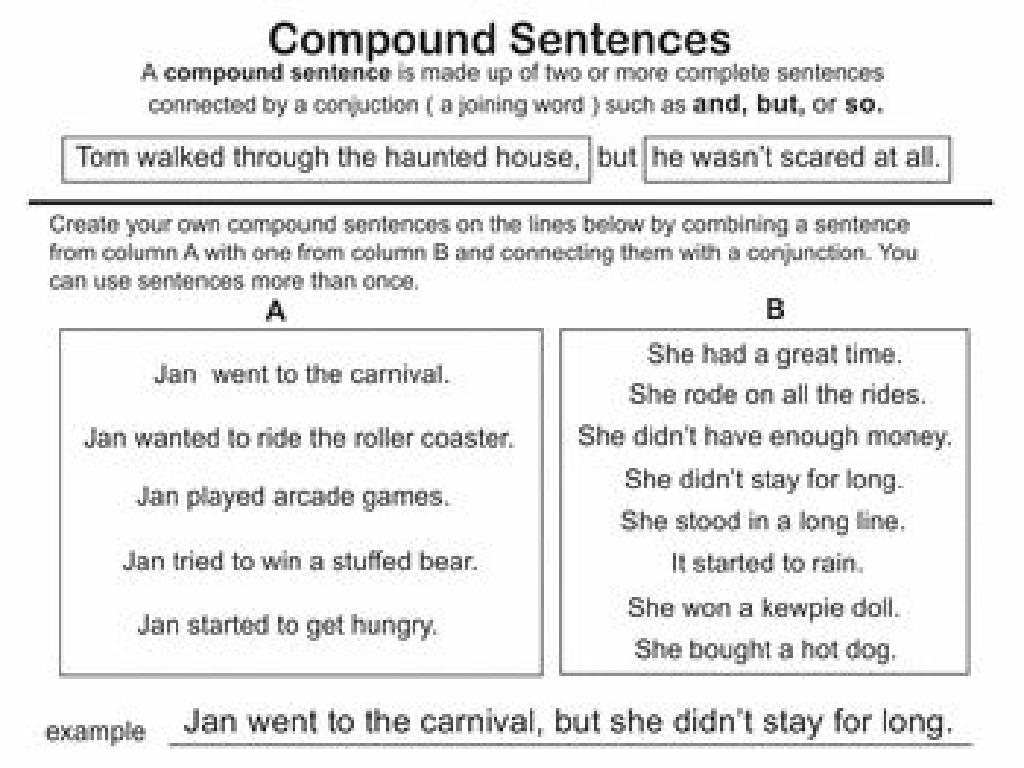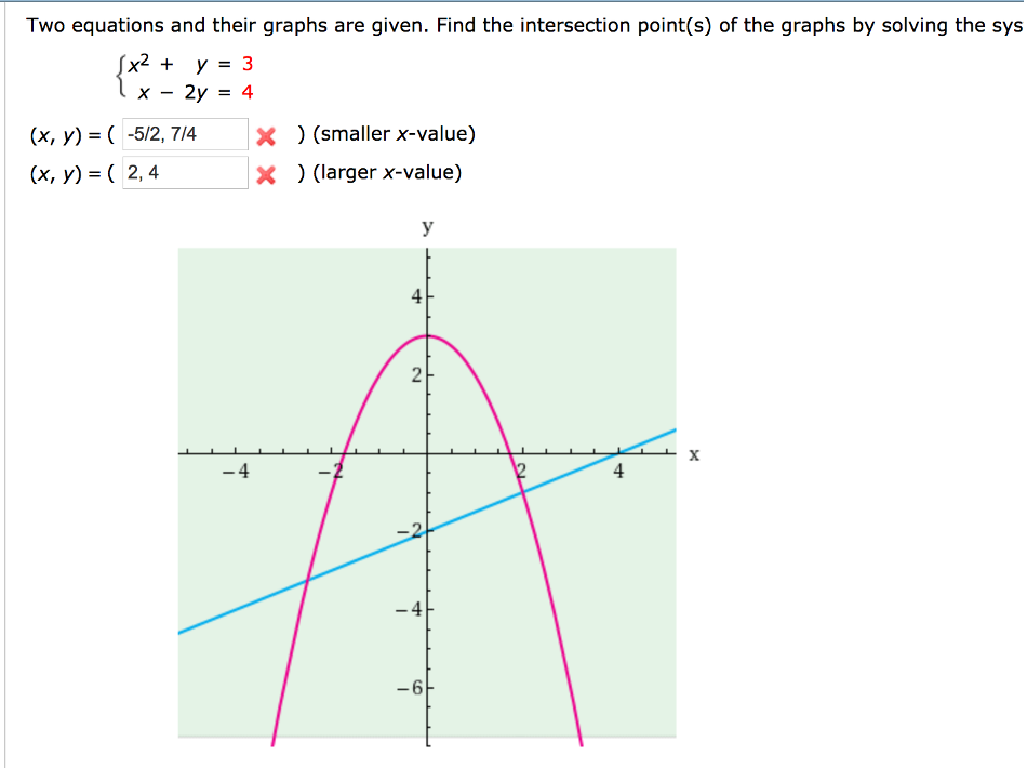Choose Customary Units Of Distance
Subject: Science
Grade: Fourth grade
Topic: Units And Measurement
Please LOG IN to download the presentation. Access is available to registered users only.
View More Content
Choosing Customary Units of Distance
– Learn about distance units
– Measure and compare distances
– When to use inches, feet, yards
– Inches for small objects, feet for room size, yards for fields
– Practice with real objects
– Use rulers, tape measures, yardsticks
|
This slide introduces students to the concept of measuring distance using customary units such as inches, feet, and yards. Start by explaining that different units are used based on the size of the object or distance being measured. For small objects, we use inches; for something like the size of a room, we use feet; and for larger distances, like the length of a football field, we use yards. Provide students with rulers, tape measures, and yardsticks to practice measuring items in the classroom. Encourage them to think about why we wouldn’t use inches to measure a football field or yards to measure a pencil. This practical application helps solidify their understanding of choosing the appropriate unit of measurement for different scenarios.
Understanding Customary Units of Distance
– What are customary units?
– Units of measure used in the U.S.
– Common distance units: inches, feet, yards, miles
– Inches for small, feet for medium, yards for larger, miles for very long distances
– Choosing units by distance length
– Use inches for a pencil, feet for a bed, yards for a football field, miles for distance between cities
– Practical applications of each unit
|
This slide introduces students to the concept of customary units of distance, which are the standard units of measurement used in the United States. It’s important to explain that the choice of unit depends on the length of the distance being measured. For very small distances, inches are used, while feet are better for objects like furniture. Yards are used for measuring things like the length of a football field, and miles are used for distances between places. Provide examples for each unit to help students visualize when to use them. Encourage students to think of and discuss other examples where these units might be applied.
Understanding Inches and Feet
– Inches: Measure small objects
– Use inches for items like pencils
– Feet: Larger than inches
– A foot is 12 times longer than an inch
– 12 inches equals 1 foot
– Convert inches to feet for larger items
– Example: Notebook measurement
– A notebook might be 11″ or roughly 1′
|
This slide introduces students to customary units of distance, specifically inches and feet. Start by explaining that inches are a smaller unit of measurement, suitable for measuring the length of small objects, such as a pencil. Then, describe how feet are a larger unit of measurement and that 12 inches make up 1 foot. Provide a relatable example, such as the length of a notebook, to help students visualize the concept. Encourage students to bring rulers or measuring tapes to the next class to practice measuring items in inches and feet. This hands-on activity will reinforce their understanding of when to use each unit of measurement.
Yards and Miles: Measuring Distance
– Understanding yards (yd)
– 1 yard equals 3 feet, used for larger measurements
– When to use miles (mi)
– Miles measure long distances, such as between cities
– Football field example
– A football field is roughly 100 yards long
|
This slide introduces students to customary units of distance, specifically yards and miles. Yards are typically used for measurements that are larger than a foot but not extremely long, such as the length of a room or the width of a large table. One yard is equal to three feet. Miles are used for much longer distances, such as the distance one might travel by car between cities. An example that students can easily visualize is the length of a football field, which is approximately 100 yards. This can help them grasp the concept of a yard as a unit of measurement. Encourage students to think of other examples where yards and miles might be used, and discuss why choosing the appropriate unit of measurement is important.
Choosing the Right Customary Unit of Distance
– Think about the object’s size
– Use inches or feet for small measurements
– Like a pencil’s length or a book’s width
– Use yards for medium distances
– Like a football field’s length or a pool’s width
– Use miles for long travels
– Like the distance to school or between cities
|
When teaching students how to choose the appropriate customary unit for measuring distance, start by helping them visualize the size of the object or distance they are measuring. For small, handheld items or things like the height of a table, inches or feet are suitable. For larger areas that they can see in their entirety, such as a backyard or a pool, yards are more appropriate. For distances that are too long to see all at once and are typically traveled by vehicle, like the route to school or between cities, miles are the best unit. Encourage students to bring examples of objects and distances they would measure with each unit to help solidify their understanding.
Let’s Practice Measuring Distance!
– Measure classroom items
– Work in pairs, record findings
– Choose the best unit for each
Inches, feet, or yards? Think about the size of the item.
– Explain your unit choice
Why is inches better for a pencil, but yards for the blackboard?
|
This activity is designed to help students apply their knowledge of customary units of distance in a practical setting. By measuring objects in the classroom, students will get a hands-on understanding of inches, feet, and yards. Working in pairs encourages collaboration and discussion, which will help them articulate their reasoning for choosing a particular unit of measurement. As a teacher, facilitate the activity by providing a variety of items to measure and ensure each pair has a ruler, a yardstick, and a tape measure. After the activity, lead a discussion where students share their measurements and explain their choices. This will reinforce their understanding and provide an opportunity to correct any misconceptions.
Measurement Scavenger Hunt
– Find and measure items around school
– Use correct customary unit: inch, foot, yard, mile
– Smaller items use inches, larger items might use feet or yards
– Work in groups with a list of items
– Decide the best unit for each item
– Is a pencil best measured in inches or feet? What about the length of the hallway?
|
This class activity is designed to help students apply their knowledge of customary units of distance in a practical and engaging way. Divide the class into small groups and provide each group with a list of items to find and measure within the school. Ensure they understand which unit is appropriate for different lengths (inches for small items, feet for medium-sized items, yards for larger distances, and miles for very long distances). Provide rulers, tape measures, or yardsticks as necessary. Possible items to measure could include a textbook, a desk, the length of a hallway, or the distance from the classroom to the gym. Encourage students to discuss and justify their choice of measurement unit for each item. This activity will reinforce their understanding of measurement units and how to choose the most appropriate one for different situations.
Conclusion: Choosing the Right Distance Units
– Review of distance units
– When to use each unit
– Inches for small objects, miles for long distances
– Importance of correct units
– Using the right unit avoids confusion and errors
– Units convey size clearly
– Helps communicate measurements accurately
|
As we wrap up today’s lesson, it’s crucial for students to remember the different units of distance we’ve covered. Emphasize the importance of context in selecting the appropriate unit, such as using inches for small items like pencils and miles for distances between cities. Reinforce the idea that the correct unit provides a clear understanding of the measurement’s scale, which is essential in science and everyday life. Encourage students to think about the objects they measure in their daily activities and what units they would use. To solidify their understanding, consider having students bring examples of when they’ve used different units of distance in real life for the next class discussion.

/mla_format_works_cited.png)




